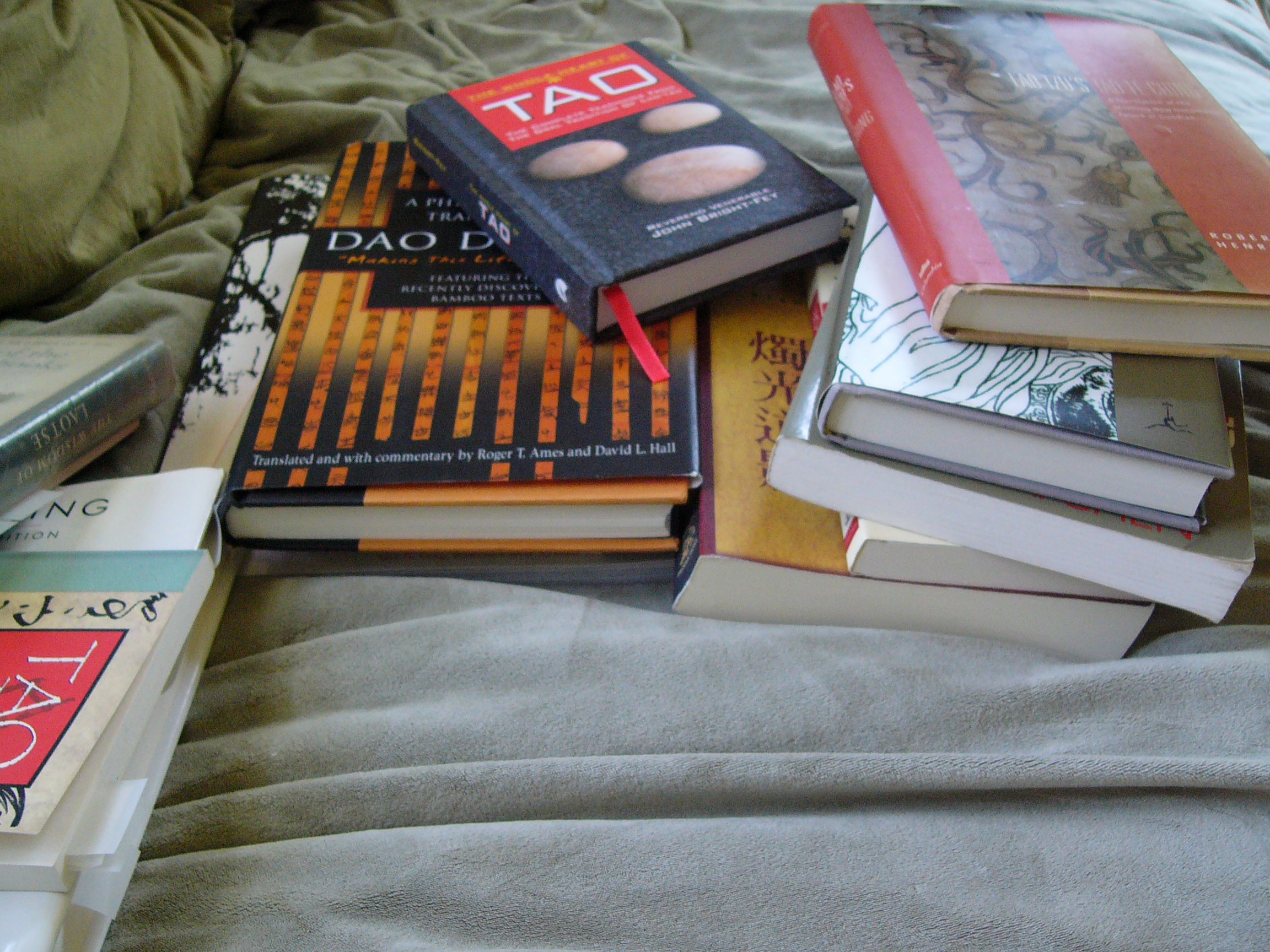It is common to think of everything, even other people and our own selves, as a resource–that is, as something for ‘use’. Every time we take even a minute to pause, something in us says we are ‘wasting time’.
The Taoist approach offers a corrective here. One example is the well-known story of a tree whose wood was of low quality. No one ever cut the tree down, because it was ‘useless’. So it lived to a great age.
Yet this chapter is apparently focused on what makes things useful to us!
I think the mistake comes in translating the character ‘yung’ as ‘useful’. ‘Fulfills its destiny’ might be closer; ‘allows it to serve’ holds another bit of it; ‘expresses its nature’ touches on a slightly different strand; ‘in its power’ yet another.
A wheel is its own beautiful shape, but also its shape makes it possible for it to engage directly with the ground to move a vehicle forward, with as little energy expended as possible. Its generous circular shape is just right to do this.
But the wheel can’t do this by itself. In fact, in a sense the wheel doesn’t ‘do’ anything at all, other than to be the shape that it is. It has to be connected to the cart in such a way that it is completely responsive to the energy and direction that flows ‘in’ to it. The empty space at its center where it’s exactly fitted to the axle, makes this possible.
A clay pot is beautiful just in its own shape, too–and in its nature accepts the flow of something into it. It wouldn’t be a pot if it couldn’t do this.
The third metaphor used in this chapter is especially interesting because it’s not the empty space of the room itself that’s highlighed, but the doors and windows: the means by which we come and go from the room.
The Tao Te Ching is always about our own nature. If this chapter were only about what makes something work, that would be trivial. No, the ‘wheel’ and ‘pot’ and ‘room with windows and doors’ that’s meant here, is me!
–And far from telling me to ‘get busy’ and ‘make myself useful’, the text invites me to do the opposite: instead, to be the beautiful shape that I am, really.
It highlights that If I’m my own real shape, I will have room at the heart of me to welcome the comings and goings which are intrinsic to my particular kind of being.
The previous chapter is widely understood as being directions for meditation. And meditation is deep-related to this chapter as well: after all, in meditation we’re letting go of our busyness in order to be at rest, welcoming what comes and goes in us. The less we do and the quieter we get, the more connected we become to the ‘whole big thing’.
Meditation lets us practice our own natural shape and pace, and the awareness of when we’re ‘in shape’, and when we’re not. We become more sensitized to when we’re forcing things and when we’re not; when we don’t ‘have room’, and when we do.
Our ordinary doings also start to become visible as a way we’re in our own shape and pace–or not. As we play with this over time and learn to stay closer to our own nature in the midst of our doings, our regular lives become more and more connected to the ‘whole big thing’.
thirty spokes are joined
upon a hub
to make a wheel–
that hole in the center
is the source of its power
clay is shaped
to make a vessel–
in its hollowness
is its power
when windows and doors are cut
it makes a room a room–
those openings
make it habitable
being can be beneficial
only because of the open space
that lets it function
— Kye Nelson: translation and commentary on Lao Tzu’s Tao Te Ching
Comments? Burning questions? Leave them here
This post was written as part of the tao together project. Would you like to join us?
©2010 Kye Nelson
